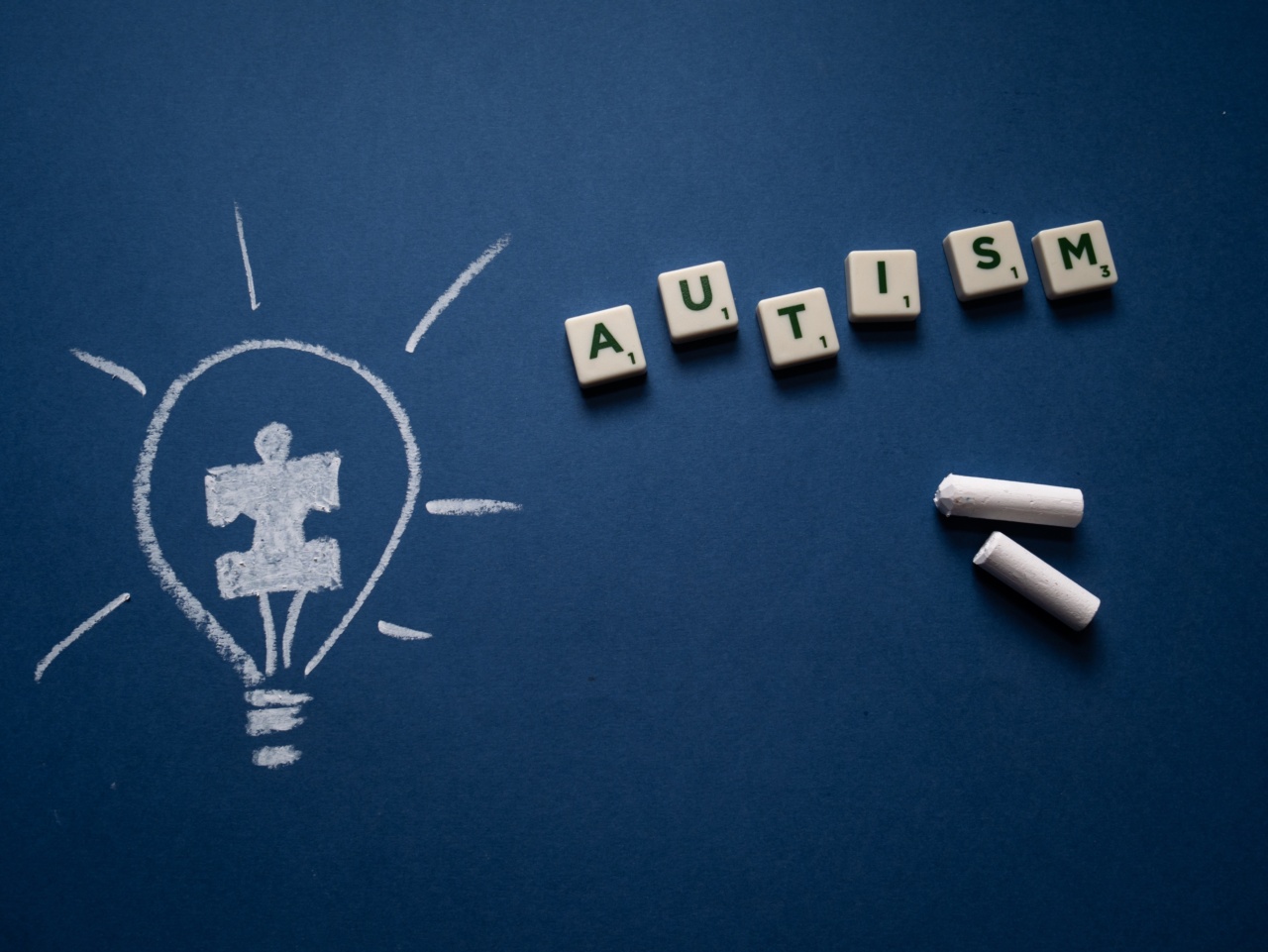Autism Spectrum Disorder (ASD) is a developmental disorder that affects communication, social interactions, and behavior. According to recent statistics, ASD diagnosis rates have been increasing steadily over the past decade.
In 2000, approximately 1 in 150 children were diagnosed with ASD. Today, that number is 1 in 54, according to the Centers for Disease Control and Prevention (CDC).
What is causing the increase in ASD diagnoses?
The increase in ASD diagnoses has been a source of debate among healthcare professionals, researchers, and families for years.
While some factors, such as increased awareness and better diagnostic tools, contribute to the rise in autism diagnoses, other factors may also play a role.
Genetics and Environmental Factors
Many researchers believe that genetics play a significant role in the development of ASD. According to the CDC, approximately 83% of children diagnosed with ASD have an older sibling with the disorder or other developmental disabilities.
Additionally, studies have identified various genetic mutations that may contribute to the development of ASD.
However, genetics alone cannot explain the steady increase in ASD diagnoses. Researchers have also looked to environmental factors as a possible explanation.
Environmental factors that have been studied include prenatal exposure to chemicals and toxins, maternal infections during pregnancy, and complications during birth.
Increased Awareness and Better Diagnostic Tools
One reason for the increase in ASD diagnoses is that there is increased awareness of the disorder among parents and healthcare professionals. In the past, children with ASD may have been misdiagnosed with other conditions or not diagnosed at all.
Today, healthcare professionals are more knowledgeable about ASD and better equipped to diagnose it in children.
Better diagnostic tools have also contributed to the increase in ASD diagnoses. In the past, children were typically diagnosed with ASD based on observed behaviors and symptoms.
Today, there are more sophisticated diagnostic tools, such as the Autism Diagnostic Observation Schedule (ADOS), that provide more accurate and reliable assessments of ASD.
Changes in Diagnostic Criteria
The diagnostic criteria for ASD have also changed over time, which may contribute to the increase in diagnoses.
In the past, children were typically diagnosed with a specific type of autism, such as Asperger’s Syndrome or Pervasive Developmental Disorder – Not Otherwise Specified (PDD-NOS). Today, all of these disorders are considered part of the broader category of ASD.
In addition, the most recent edition of the Diagnostic and Statistical Manual of Mental Disorders (DSM-5) introduced new diagnostic criteria for ASD.
These criteria are more inclusive than the previous criteria, which may result in more individuals being diagnosed with ASD.
Conclusion
The increase in ASD diagnoses is a complex issue that involves a variety of factors, including genetics, environmental factors, increased awareness, better diagnostic tools, and changes in diagnostic criteria.
While the exact causes of the increase in ASD diagnoses are not fully understood, ongoing research may provide more insight into this important topic.

























